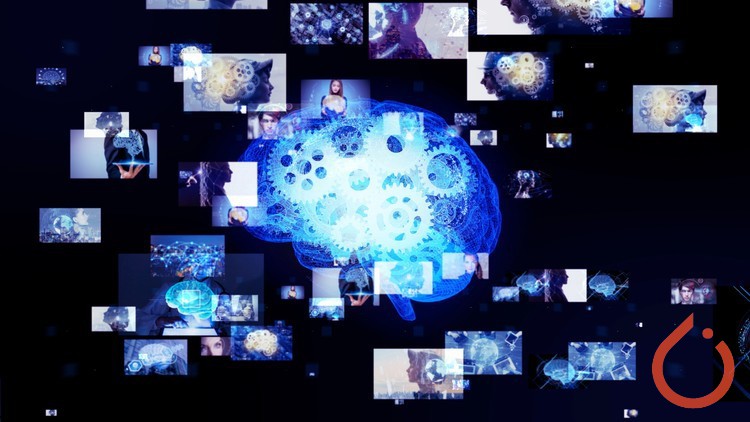
Become an expert applying the most popular Deep Learning framework PyTorch
What you will learn
learn all relevant aspects of PyTorch from simple models to state-of-the-art models
deploy your model on-premise and to Cloud
Natural Language Processing (NLP), CNNs (Image-, Audio-Classification; Object Detection), RNNs, Transformers, Style Transfer, Autoencoders, GANs, Recommenders
adapt top-notch algorithms like Transformers to custom datasets
develop CNN models for image classification, object detection, Style Transfer
develop RNN models, Autoencoders, Generative Adversarial Networks
learn about new frameworks (e.g. PyTorch Lightning) and new models like OpenAI ChatGPT
use transfer learning
Description
PyTorch is a Python framework developed by Facebook to develop and deploy Deep Learning models. It is one of the most popular Deep Learning frameworks nowadays.
In this course you will learn everything that is needed for developing and applying Deep Learning models to your own data. All relevant fields like Regression, Classification, CNNs, RNNs, GANs, NLP, Recommender Systems, and many more are covered. Furthermore, state of the art models and architectures like Transformers, YOLOv7, or ChatGPT are presented.
It is important to me that you learn the underlying concepts as well as how to implement the techniques. You will be challenged to tackle problems on your own, before I present you my solution.
In my course I will teach you:
- Introduction to Deep Learning
- high level understanding
- perceptrons
- layers
- activation functions
- loss functions
- optimizers
- Tensor handling
- creation and specific features of tensors
- automatic gradient calculation (autograd)
- Modeling introduction, incl.
- Linear Regression from scratch
- understanding PyTorch model training
- Batches
- Datasets and Dataloaders
- Hyperparameter Tuning
- saving and loading models
- Classification models
- multilabel classification
- multiclass classification
- Convolutional Neural Networks
- CNN theory
- develop an image classification model
- layer dimension calculation
- image transformations
- Audio Classification with torchaudio and spectrograms
- Object Detection
- object detection theory
- develop an object detection model
- YOLO v7, YOLO v8
- Faster RCNN
- Style Transfer
- Style transfer theory
- developing your own style transfer model
- Pretrained Models and Transfer Learning
- Recurrent Neural Networks
- Recurrent Neural Network theory
- developing LSTM models
- Recommender Systems with Matrix Factorization
- Autoencoders
- Transformers
- Understand Transformers, including Vision Transformers (ViT)
- adapt ViT to a custom dataset
- Generative Adversarial Networks
- Semi-Supervised Learning
- Natural Language Processing (NLP)
- Word Embeddings Introduction
- Word Embeddings with Neural Networks
- Developing a Sentiment Analysis Model based on One-Hot Encoding, and GloVe
- Application of Pre-Trained NLP models
- Model Debugging
- Hooks
- Model Deployment
- deployment strategies
- deployment to on-premise and cloud, specifically Google Cloud
- Miscellanious Topics
- ChatGPT
- ResNet
- Extreme Learning Machine (ELM)
Enroll right now to learn some of the coolest techniques and boost your career with your new skills.
Best regards,
Bert
Content